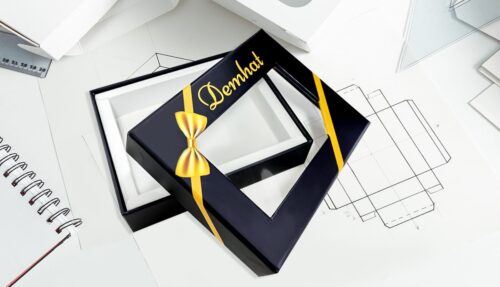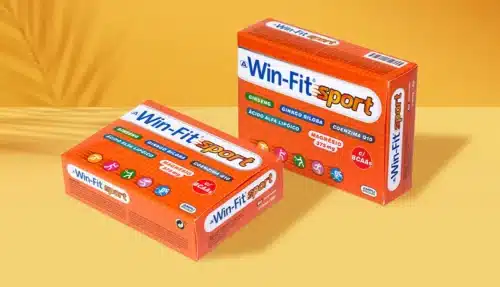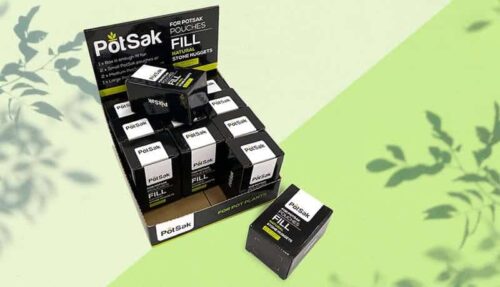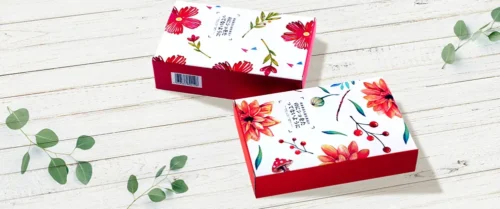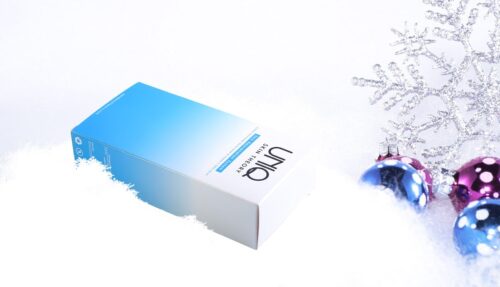Drawing on over a quarter of a century of successful custom packaging design, printing, and manufacture across a range of industries, we share our best advice for choosing the right packaging for your products
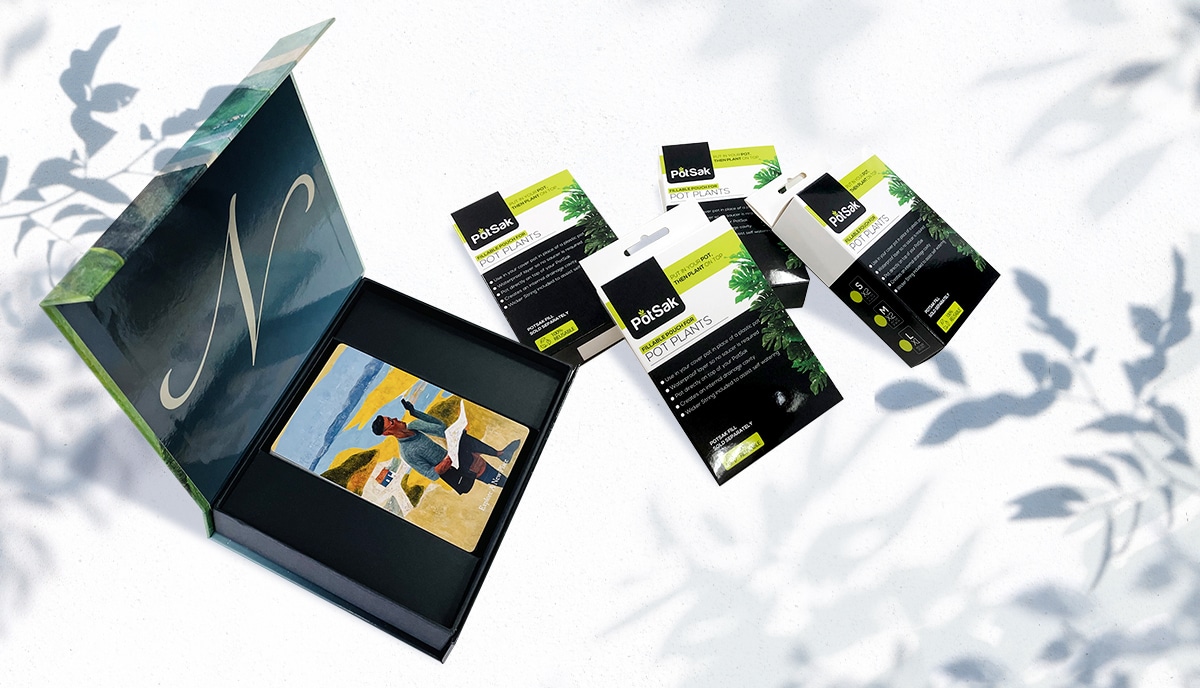
Creating the perfect custom packaging for your products is a crucial aspect of branding and marketing. The right packaging can make your products stand out, generate interest, and ultimately lead to increased sales. In this comprehensive guide, we will explore the various factors you need to consider when choosing the best custom packaging style for your products.
Understand the purpose of your packaging
Before diving into the design process, it’s essential to understand the overall purpose of your packaging. While in the most basic sense, the primary function of packaging is to protect the product during transportation and storage, printed packaging is also a golden opportunity for branding and communication. Packaging serves as a powerful marketing tool, helping to create a memorable brand experience and showcase the product’s unique features. So, there’s more to it than you might think at first. If you want to maximize the possibilities to create effective packaging, consider the following factors:
Product protection
You should design your packaging with the product’s fragility, weight, and size in mind. For fragile items, invest in strong materials such as corrugated card stock and additional protective inserts—which may also be made of card and paper or alternative materials such as foam, molded PVC, and fabric—to make sure the product arrives undamaged. Also, consider the product’s weight when choosing packaging materials, as heavier items may require sturdier closure options such as lock bottom boxes. Sensitive products such as pharmaceuticals may also need tamper proof packaging or boxes that are coated with UV varnishes and lined with protective materials to guard against exposure to heat and moisture.
Shelf impact
If you will house your product in boxes destined to be displayed on store shelves, consider the visual impact of your packaging. Your design should be eye-catching and visually appealing, helping your product stand out amongst competitors, while clearly communicating what it is and what it does. Think about how the packaging will look when stacked or placed next to other products and how it can maximize visibility and brand recognition. Often, a cleaner and simpler design can have greater visual impact than a more complex or extravagant one.
Unboxing experience
The UX (user experience) aspect of your packaging design is more important today than ever before. This is in part a consequence of modern marketing’s emphasis on building a relationship with the consumer, but also the increasing importance of “social proof” and voluntary brand advocacy for product promotion in the age of the Internet. Many customers will share unboxing videos, for example, on their social media if the experience is especially interesting or enjoyable. So, consider with care the experience your customers will have when unboxing your product. Your packaging should be easy to open and provide a memorable, enjoyable experience for the consumer. This includes considering the packaging’s ergonomics, materials, and design elements that contribute to a positive unboxing experience.
Colors, imagery, fonts, and artwork must be well-planned to communicate information and appeal emotionally to the target consumer. Think about ways that you can personalize the experience, perhaps with a “thank you” card insert, a discount coupon, or a surprise accessory related to the product.
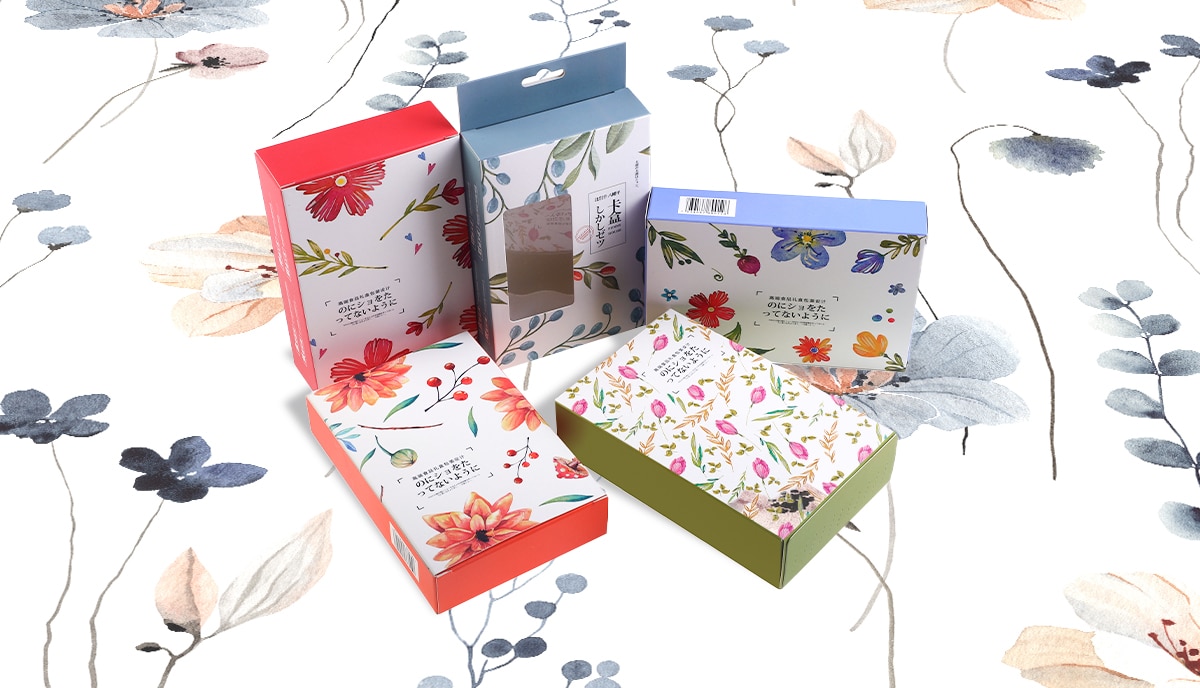
Know your target audience
Understanding your target audience is crucial when choosing the right custom packaging design. Your packaging should appeal to your ideal customer specifically which unequivocally reflects their preferences, values, and needs. So, before you open your design software, you’ll need to do targeted market research. To create packaging that resonates with your target audience, make sure that you have gathered as much data as possible relating to the following aspects:
Demographics
Research the age, gender, and income level of your target audience before designing your packaging. Different demographic groups have different preferences for packaging aesthetics and functionality. For example, older adults may need larger text, while affluent customers may prefer more luxurious materials and finishes; children’s products may need additional safety considerations; and product packaging aimed at teenagers will need a distinct style and color scheme than something geared towards conservative professionals.
Values and preferences
Your packaging should reflect the values and preferences of your target audience. So, you must do research to find out what they are. For example, if your audience is environmentally conscious, consider eco-friendly packaging materials such as recycled paper, FSC-certified cardboard, and biodegradable soy-based inks to incorporate into your designs. If you aim your product at a younger audience, choose bold colors and modern design elements.
Consumer behavior
Consider the shopping and buying habits and preferences of your target audience when choosing a packaging style. For example, if your customers prioritize convenience, opt for easy-to-open packaging or single-serve options. If your audience values sustainable choices, prioritize eco-friendly materials and designs. Likewise, for a demographic group which shops online, think about how your product packaging will look as a thumbnail image on a smartphone or laptop screen.
You can delegate your market research to a third-party agency or conduct it yourself if you have the personnel and other resources. However you gather the data, packaging design, which is informed by research, always performs better than solutions based on guesswork and intuition. While there’s an outlay needed to conduct market research, think of it as an investment which will increase your return in the longer term.
Choose the right packaging material
The material you choose for your packaging plays a significant role in its overall appearance, functionality, and environmental impact. Your choice of materials will also depend on your products, your target consumer demographics, and your budget. Let’s look at some of the most useful and popular packaging materials and their common applications:
Folding carton materials
Custom folding cartons provide a canvas for high-quality printing and finishing, allowing for unique and eye-catching designs. They’re commonly used for retail products and can be easily customized to fit various sizes and shapes. Popular materials include C1S paper, corrugated paper, brown or black kraft paper, textured and colored papers, and paperboard.
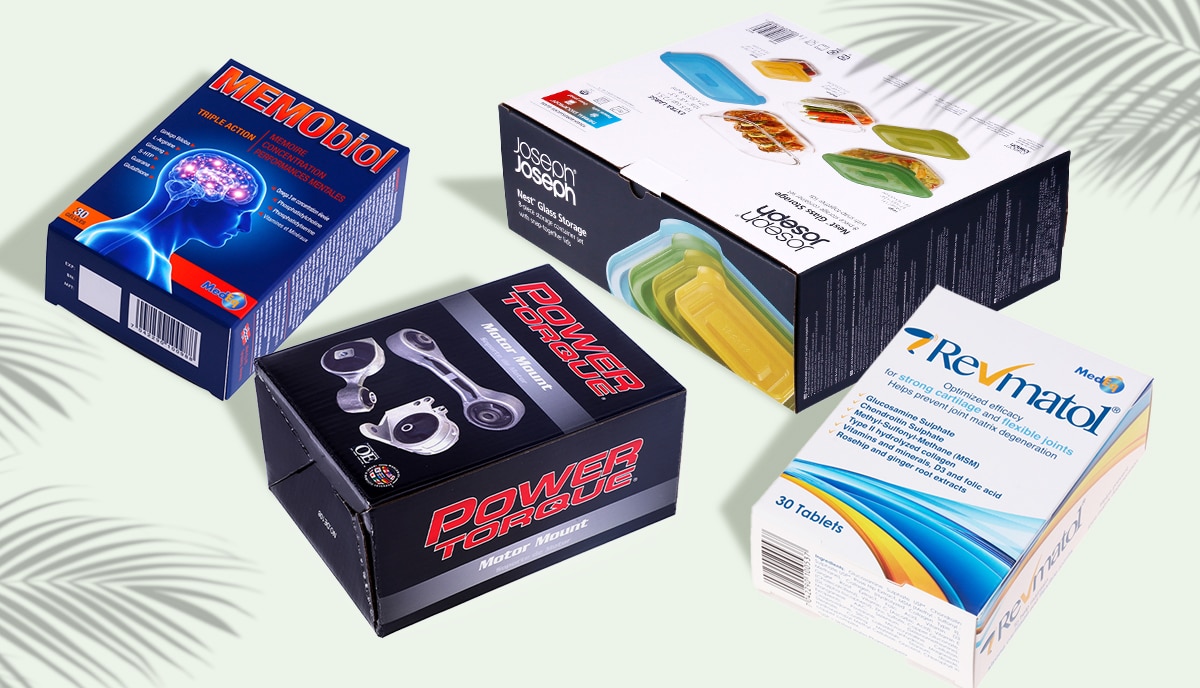
Paperboard
Paperboard is a lightweight, versatile material that can be easily printed with high-quality artwork and text. It’s commonly used for packaging small items like cosmetics, food, and retail products.
Corrugated cardboard
For bulky, fragile, or heavy items, corrugated cardboard is an excellent choice. Its fluted layers provide excellent shock absorption and durability, making it suitable for shipping and protecting delicate items like electronics, glass containers, and small appliances.
Rigid box materials
Rigid boxes are made from high-quality grayboard covered with printed paper, providing a high-quality, sturdy but luxurious feel. These boxes are often used for premium products, such as smartphones, jewelry, or luxury cosmetics.
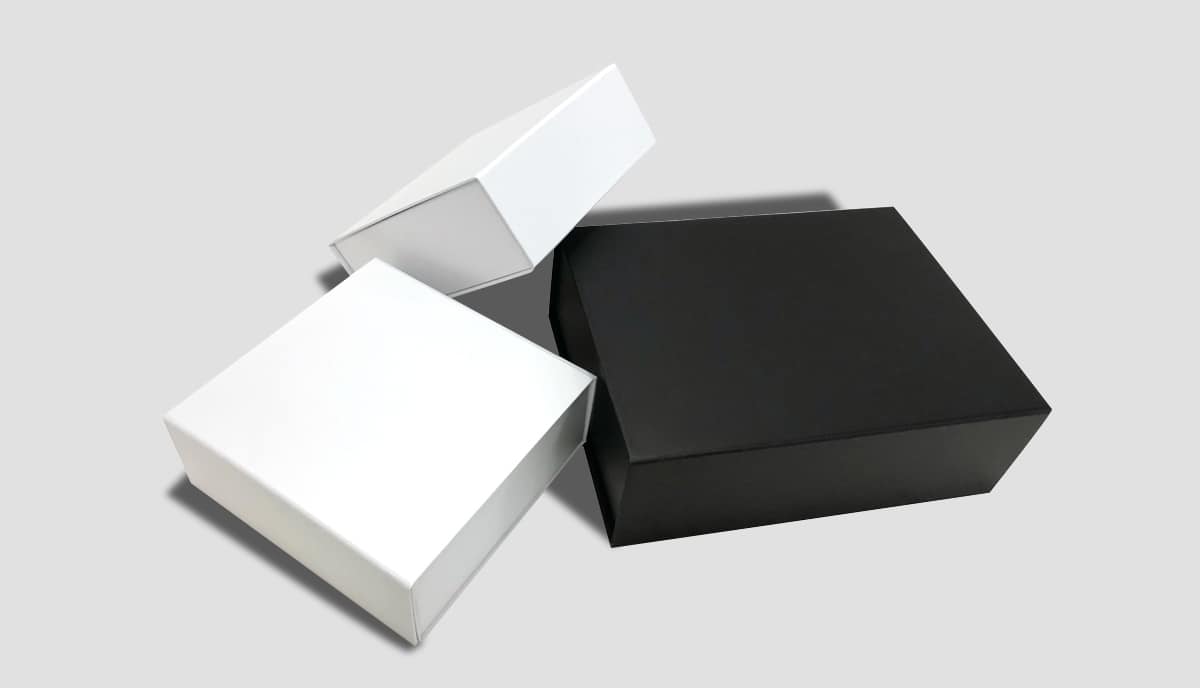
Insert materials
We can make box inserts from a range of cardboard and paperboard products, along with foam, molded plastics, and fabrics. Inserts help protect products in transit while adding value to the aesthetic qualities of the packaging and extra surfaces for further marketing and design.
Within the range of these materials, at QinPrinting, we’re keen to promote environmentally friendly alternatives as far as possible. So, talk to us about recycled materials, biodegradable plastics, FSC-certified paper products, and harmless vegetable-based inks.
Focus on packaging size and shape
You should tailor the size and shape of your packaging to fit the product perfectly. This not only provides optimal protection from damage during storage and transit, but also minimizes material usage, which is better for the environment and reduces overall costs. To optimize packaging size and shape, you’ll need to consider several important factors.
Measure your product
Accurately measure your product’s dimensions, including height, width, depth, and weight. This will help you determine the packaging size, design a snug-fit insert option, and minimize wasted space.
Consider product arrangement
Think about how your product will be arranged inside the packaging. Will it require additional inserts or compartments? Does it need to be positioned in a particular orientation for optimal protection or display? If there’s more than one product in the box, will they knock or rub against each other? Besides practical considerations, think about the aesthetic impact and UX angle, too. All these factors will influence your packaging design and dimensions.
Optimize material usage
Choose packaging designs that make the most efficient use of materials, minimizing waste and costs. This may involve creating custom dielines or selecting packaging styles that are easily stackable or collapsible. We can help you with the structural design of your packaging solutions and also provide custom templates and dielines to make things as easy, economical, and practical as possible.
If at any stage on your packaging journey you need advice about any aspect of creating the best choices for your products, get in touch. Our friendly, expert staff is always ready to help. And we have a range of resources to support your design process.
Design for shelf impact and brand recognition
Your packaging design isn’t all about structural, material, and practical considerations. Effective packaging choices should help your product stand out on the shelf and make a powerful impression on potential customers. That’s where artwork, text elements, and layout come into play. To maximize shelf impact and brand recognition, think about the following aspects:
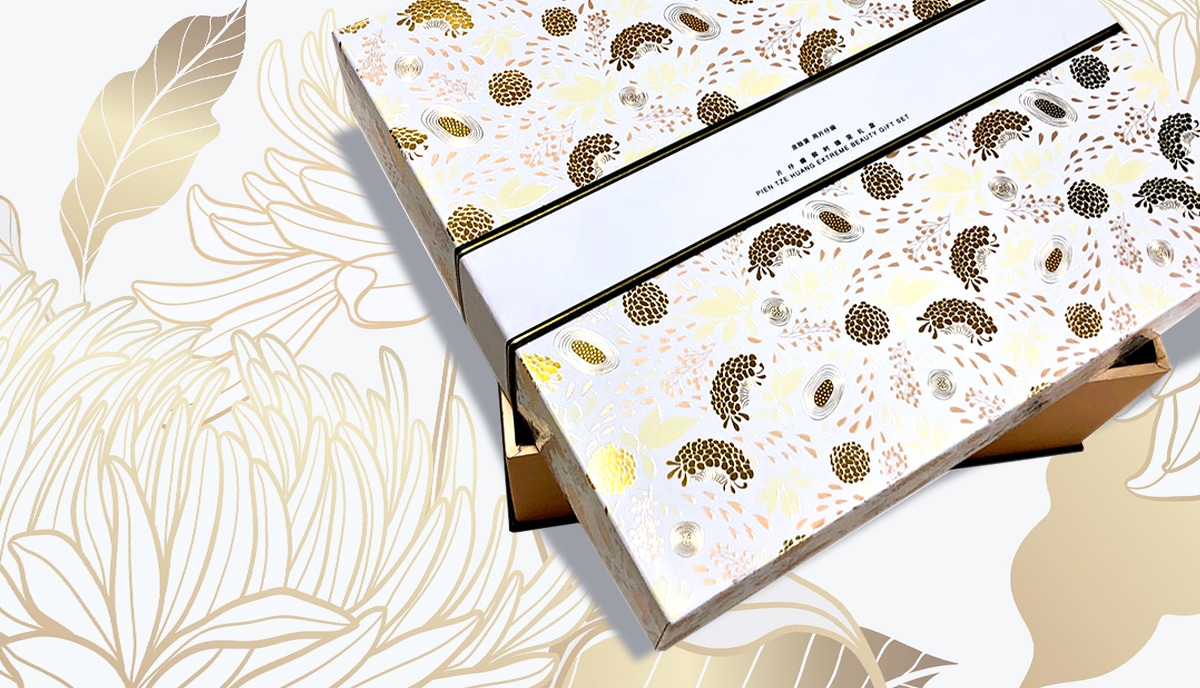
Use bold colors and graphics
Choose vibrant colors, eye-catching graphics, and unique design elements that will draw attention to your product and differentiate it from competitors. Think about what will appeal to the people who buy your goods. Should you go for a modern, minimalist design? Or something floral with an Old World appeal? Bright colors and reflective surfaces? An earthy, natural look or artwork inspired by a particular season?
Incorporate your branding
Your packaging should prominently feature your brand’s logo, colors, and other design elements that create a cohesive and recognizable brand identity. Each box you design is about more than just the product it contains. It should send coherent messages about your business overall and help to make sure that your logo and name become instantly recognizable and associated with the best products on the market.
Use clear messaging
What else should you print on your packaging? The combination of text and imagery should ensure that your packaging communicates your product’s unique selling points, benefits, and features in a clear and concise way. Use easy-to-understand language and prioritize the most important information.
Whether shopping online or in-store, customers have only a few seconds to glance at your box to get an idea of what they’re seeing. So clear communication is always an asset in capturing consumers’ attention and persuading them to investigate your product more closely.
Prioritize sustainability
Environmental concerns are increasingly important to consumers, and sustainable packaging can be a significant selling point for your products. At Qin Printing, we’re concerned with reducing our carbon footprint, minimizing waste, and promoting more sustainable practices. So, we are FSC-certified and have links with suppliers of environmentally sustainable materials such as recycled paper, biodegradable inks, and recyclable plastics. To incorporate sustainability into your packaging, we encourage you to:
Choose eco-friendly materials
Opt for recyclable, biodegradable, or compostable materials. Examples include kraft paper, corrugated cardboard, plant-based plastics, and soy inks.
Minimize material usage
Design your packaging to use the least amount of material necessary while still providing adequate protection and functionality.
Encourage reuse or recycling
Include messaging on your packaging that encourages customers to reuse or recycle the materials, helping to reduce waste and promote environmentally friendly practices.
Reducing the impact of packaging on the environment is not only an important responsibility but is increasingly a powerful selling point. Ultimately, opting to create packaging designs which incorporate as many environmentally friendly choices as possible is a win-win as it reduces costs, increases your corporate responsibility, and boosts sales.
Balance functionality and aesthetics
While eye-catching designs and beautiful packaging are important, they should not come at the expense of functionality. Make sure that you choose a packaging style that is easy to open, use, and store, providing a positive experience for the customer and a design which is robust, scuff and tear resistant, and suitable for handling and transit. There are several aspects to this which are worth considering:
Ergonomics
Think about how customers will interact with your packaging when opening and using your product. Packaging should be easy to handle and intuitive to use. We’ve all had the experience of excitedly receiving a new product and then pulling our hair out with frustration because we can’t open the box without tearing it! Don’t pass that on to your customers. While a box needs to protect the product and be robust, it should still be user-friendly.
Practicality
Choose packaging styles and materials that are practical for your product’s intended use and storage. For example, resealable packaging may be essential for food products, while durable materials are necessary for heavy or fragile items.
Novelty vs. functionality
While unique and innovative packaging designs can be attention-grabbing, they should not compromise the product’s protection or functionality. Strive for a balance between creating a memorable unboxing experience and providing practical packaging. That new crazy-shaped box with all the added flaps your designer was so excited about, while certainly eye-catching, may be very inefficient for loading onto pallets for shipping.
There’s a lot more to choosing the best packaging for your products than many people realize. And several aspects that you need to consider can pull in contradictory directions. Effective product packaging design comes down to balancing these different needs.
Test and refine your packaging design
Before committing to a final packaging design, it’s essential to test and refine your ideas. Making simple mockups is helpful, but with a more complex or expensive design, develop a full-scale prototype before giving the green light to mass production. It’s worth thinking about the following possibilities:
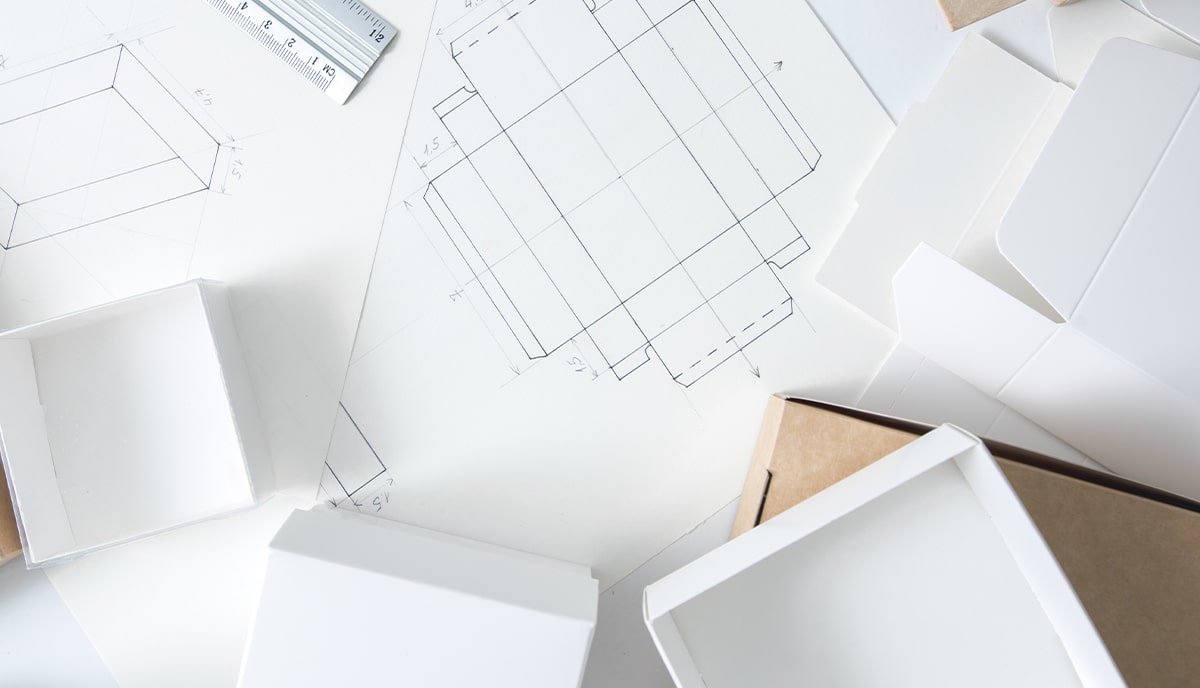
Proofs, samples, and prototypes
To evaluate its appearance, functionality, and protection value, generate a mockup. Digital proofs are often enough for a very simple or repeat design. But if you need to check the structural and material characteristics, a three-dimensional sample is an excellent idea. While for more complex or costly styles, a production-level prototype will make sure that you identify any aspects of the design and style which need change or improvement before full-scale production.
Market research
Market research and focus group testing is often a great idea if you have the time and resources, especially if you need to choose between several iterations of a similar design. Gather feedback from your target audience through focus groups, surveys, or product testing events to make sure your packaging design resonates with potential customers and meets their needs and preferences.
Iteration
At bottom, packaging design is a creative process, and, like any creative process, it’s about cycling through several rounds of ideation, creation, evaluation, and change before you settle with confidence on the final structure and style. Based on the feedback and testing results you’ve got, refine your packaging design as necessary. This may involve adjusting materials, sizing, or design elements to create the most effective packaging for your product. Basing your investment on research and data is a far more reliable way to make sure that investment gives you a good return than going by intuition and guesswork alone.
Logistics and warehousing
Don’t forget that your packaging will need to be shipped, stored, loaded with your products, and distributed to warehouses and retailers. One of the major causes of financial loss to many companies is damage to goods in transit. So, the logistics and warehousing of your final product packaging should be considered when choosing a custom packaging style.
Shipping and transportation
Choose packaging materials and designs that are suitable for your shipping and transportation methods. Will your boxes be shipped by land, air, or sea? Will they be loaded in a dedicated container or be included in a shared shipping solution with products from other companies? How far will the goods travel and how many changes of transport will be involved? Depending on the answers to these questions—and probably others, too—you’ll need to make decisions which involve selecting durable materials for long-distance shipping, collapsible packaging for efficient storage and transportation, water-resistent coatings, or any other choices which may influence your design and chosen packaging style.
Warehousing and storage
Make sure your packaging can be easily stored and managed in your chosen warehousing and storage facilities. Think about creating stackable packaging designs or considering the size and shape of your packaging in relation to storage space. You should also think about whether your boxes will be moved around several times within the warehouse or storage facility, so how effectively they can be loaded onto pallets.
Lead Times and production scheduling
There are other logistical concerns, such as delivery times and other scheduling issues. When working with a custom packaging provider, consider their lead times and production schedules to ensure your packaging is delivered on time for your product launch or restocking needs. A company like QinPrinting, which monitors the entire supply chain and engages responsibly with trusted shippers, importers, and couriers, is the ideal partner to avoid any unexpected difficulties and the knock-on effects of a late delivery.
Partner with a reputable custom packaging provider
Finally, choose a reputable custom packaging provider that can offer the services, expertise, and materials necessary to create the perfect packaging for your product. Look for providers that offer comprehensive services end-to-end so they can handle all aspects of your packaging project, from design and prototyping to production and logistics. Ideally, your packaging provider will also have specific experience in your industry. Choose a provider with experience in creating custom packaging for products similar to yours, ensuring they understand the specific requirements and challenges of your industry. They should also provide excellent customer support. Work with a packaging provider that offers responsive and helpful customer support, assisting you throughout the entire packaging process and ensuring a smooth and successful project.
Choosing the best custom packaging style for your products involves understanding your target audience, selecting the right materials, balancing aesthetics and functionality, and working with a reputable packaging provider. By considering these factors and following the tips outlined in this guide, you can create packaging that not only protects your product but also helps it stand out on the shelf and create a memorable brand experience for your customers.
Let's talk!
At QinPrinting, our expert and experienced team will collaborate with your marketing and packaging department to develop outstanding custom printed packaging solutions tailored to your industry and specific needs. From breathing new life into your current boxes with a custom printed sleeve to developing a complete luxury solution following your tailor-made design, we’re the people to work with. We understand you need to see a return on your investment. So, we don’t just print packages and build boxes: we deliver tangible, measurable results. Talk to us today, and let’s get to work to develop your perfect packaging solution.






